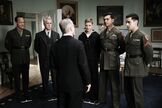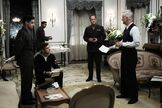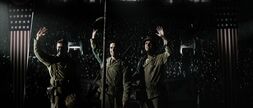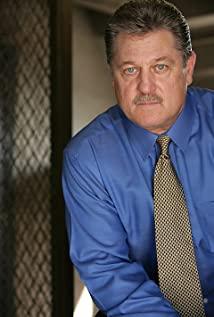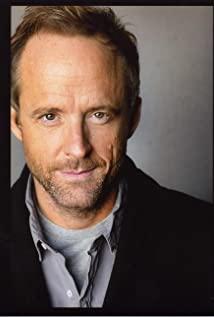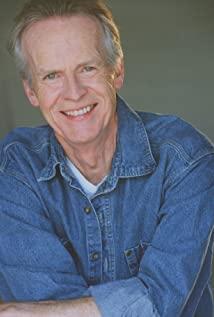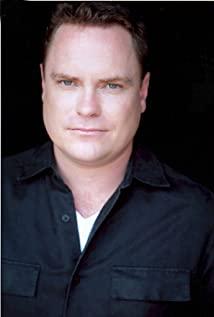You're wasting your time and money if you go to the battle scene in Saving Private Ryan. This isn't a war movie, it's a movie that explores what it means to be called a "hero" born out of war. War or peace, cannon fire or applause, are all secondary lines that express this theme.
But you can't deny his atmosphere. Just look at the names of the three giants who made the film: two Oscar winners for best picture writer Paul Haggis (Million Dollar Baby, "Crash"), two Oscar winners for best director and best picture Film veteran Clint Eastwood ("Unforgivable", "Million Dollar Baby"), plus master Steven Spielberg production. Their collision will never simply repeat the scene from Saving Private Ryan. They're going to use a small, big-picture way - a photo's story to make the audience think about the meaning of a huge noun.
The famous "Stars and Stripes on Iwo Jima" photo has infected many people and still inspires many people. The shock of this photo not only inspired Americans who were already a little tired of "World War II", but also brought back the heroes in the photo because of the extraordinary cruelty of the war behind the photo. But do heroes really exist? The answer to the video is no. People just want to see living heroes, they don't care that this famous "flag planting" process is actually a second rendition - the other three soldiers who actually planted the flag have died in battle and will never have a chance Put the name below the photo; the government that made the "hero" is just using the fermented effect of this photo to induce sympathy and buy more war bonds; and the dynamic figure left on the photo survived When the three ordinary marines were running around in the welcome performances like "walking through holes" and even simulated performances, they couldn't help but recall the 7,000 comrades behind him, especially when the flag was planted in the first place. The process of the sacrifice of the companions on the reef. Among them are Bradley, a military doctor who has become reticent because he has seen too many lives and deaths, Gagnon, who is trying to make use of his reputation for his post-military livelihood, and he is ashamed of being called a "hero" from the beginning, and is immersed in the comrades. Unable to extricate himself from the contradiction between death and the truth, hangover on the street, until Ira, an Indian who died of depression.
The film has three lines: it starts with flashbacks from the memories of the aging Bradley, and then intersperses the re-enactment of the "Battle of Iwo Jima" through the three people's lives after returning from the battlefield (mostly by the three people's emotional transitions and links). The generation of this structure is to have a strong control over the main line of the story: the movie can be based on the chronological sequence of the story. The ABC-style performance, or the flashback CABC-style, and Eastwood chose the CABAC-style. Although this may seem complicated, it is obviously a powerful expression of the inner activities of the three people and the tension of stretching the meaning of the topic. Of course, this is not unrelated to another screenwriter of the film, William Broyles. His "Hot Cover" from last year now seems to be a warm-up for the film - using the Iraq War to show the psychological feelings of an ordinary soldier.
My favorite clip is the two flag hoistings in the picture that Eastwood restored. No one cared that their movements would be printed on the front pages of all newspapers the next day; no one cared who was going to hold the flagpole and who was going to tie the flag; no one cared until the photographer climbed to the top of the mountain and asked to reshoot Who's going to be the model and do it all over again - they're even rough. Iwo Jima was not conquered at this time, all they occupied was a corner of the island and a high ground in front of the beach. Accompanying the picture is a solemn soundtrack that sounds faintly. Raising the flag is more of a sign than a ceremony at this time.
"Heroes are created by us and produced by our needs." The story behind a classic photo is as realistic as the voiceover at the end of the film. With the victory and the end of the war, after the heroes were sought after and worshipped, they were forgotten by the people and by the new government. Their ending is tragic and cruel - no serious jobs, no friends, and even being discriminated against because of race. People need new heroes, and new heroes will emerge. As an American film critic Roeper said: those so-called superheroes will always exist only in comic books and movies. The discussion of this is also evidenced in the film's implicit mapping of the current reality - the Iraq War, and in the current government's continued creation of new war "heroes".
View more about Flags of Our Fathers reviews



